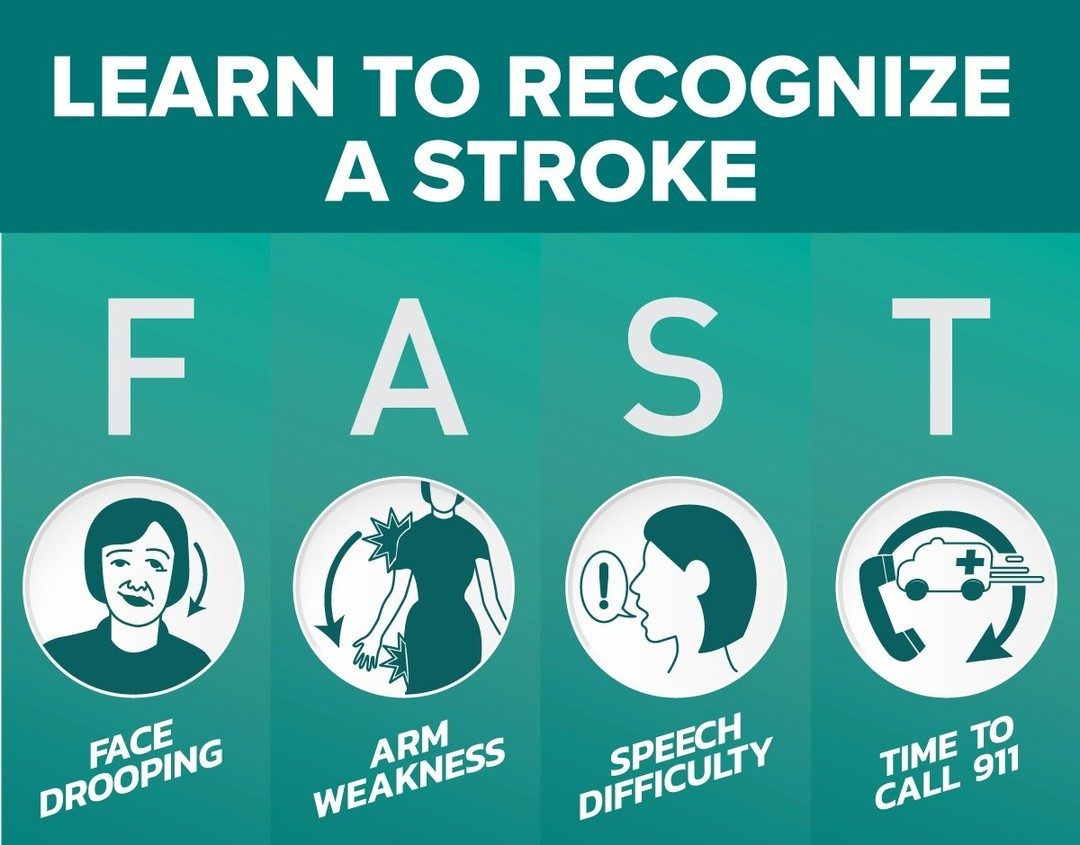Identifying Stroke in Men and Women
Strokes are a leading cause of death across the globe and can affect anyone, regardless of gender, but did you know that stroke symptoms can differ between men and women? Understanding these differences can be the difference between life and death.
In men, stroke symptoms are often more straightforward and easily recognizable. The classic signs of a stroke in men include:
- Sudden weakness or numbness on one side of the body
- Difficulty speaking
- Vision loss in one eye
Men are also more likely to experience sudden, severe headaches as a symptom of a stroke.
On the other hand, women are more likely to experience symptoms that can be less obvious:
- Fatigue
- Dizziness
- Confusion
- Sudden loss of balance
In some cases, women may also experience depression, anxiety, or mood swings as a result of a stroke.

Women tend to have strokes at a later age than men, with the risk increasing after menopause. However, younger women who use birth control pills or that have other risk factors, such as high blood pressure, smoking, and obesity, are at a higher risk of having a stroke at a younger age.
These difference in gender-related symptoms is based on generally-noticed trends and may not apply to everyone. With this in mind, it’s important to know the most common symptoms of a stroke using the acronym FAST:
F – Face drooping
A – Arm weakness
S – Speech difficulty
T – Time to call 911
It could be life-saving to know the signs and to seek immediate medical attention if they occur.
Memorial Hospital is a certified Primary Stroke Center, the first of its kind in the state of Mississippi. Stroke patients in our community receive the highest level of stroke treatment available in the nation. In addition, Memorial is proud to be rated as High Performing in stroke care for 2022-2023 by U.S. News & World Report.
